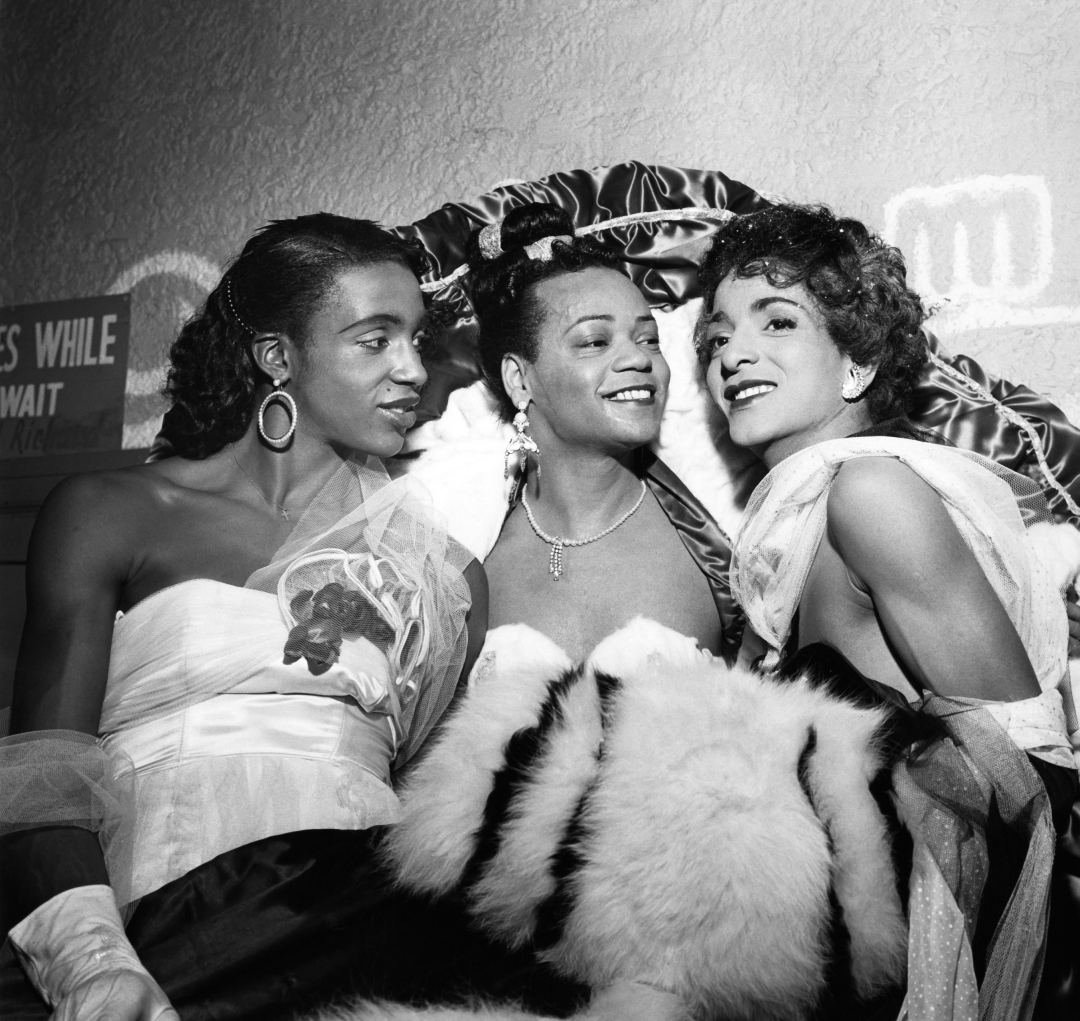Dr. Deborah Willis, chair of the Department of Photography & Imaging, contribute a quote to a recent article in Hyperallergic on the donation of the photo archives of Ebony and Jet magazines to the National Museum of African American History and Culture (NMAAHC) and the Getty Research Institute. According to the article:
In the week before the sale, the Ford Foundation; the J. Paul Getty Trust; the John D. and Catherine T. MacArthur Foundation; and the Andrew W. Mellon Foundation banded together to make the $30 million purchase. They will donate the archive of over four million prints and negatives, which has been largely inaccessible to researchers in past years, to the NMAAHC and Getty Research Institute, to preserve the collection and increase public access to it.
As a leading voice in the field of black visual culture, Dr. Willis' opinion on the importance of this event was sought:
“This is a transformative moment in American photo history as this purchase opens up a wider range of images about black culture than ever before,” wrote Deborah Willis, a photographer, curator, academic, and founder of New York University’s Center for Black Visual Culture, in an email to Hyperallergic. “We all know that that the Ebony photographers’ archive is crucial and to know that this archive will be preserved by two strong entities such as the SI National Museum of American History and Culture and the Getty assures all interested in black visual culture will have access to tell a broader story of American history.”
Click the link below to see even more photos from the archive.
